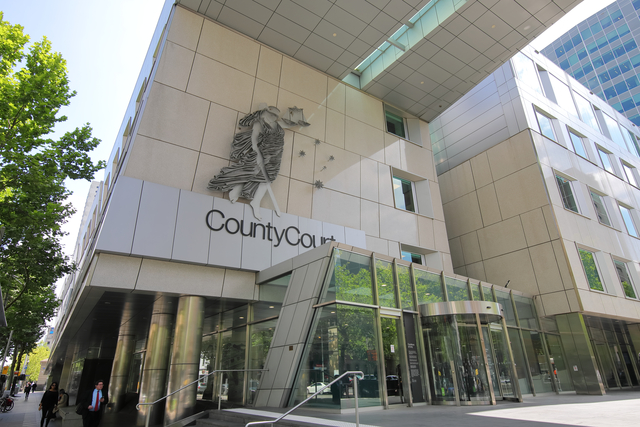By CAM LUCADOU-WELLS
INDUSTRY electroplaters along Eumemmerring Creek have come under the scrutiny of the state’s environmental watchdog.
Environment Protection Authority inspectors will target electroplaters from late this month after finding elevated levels of barium and aromatic hydrocarbon contaminants in the waterway during November and December.
That discovery led to an immediate inspection of four electroplaters in Dandenong and Dandenong South; one of them being issued a pollution abatement notice for inadequate storage of chemicals and waste, and lack of bunding to contain spills.
This month’s operation will also include further sampling of the creek by the Centre for Aquatic Pollution Identification and Management.
EPA environmental regulation director Chris Webb said spilled chemicals from electroplaters posed a serious environmental risk.
“A spill or release of these metals and chemicals, even in very small amounts, can cause long-term damage to soils, rivers and streams, fish and other aquatic life and human health,” he said.
At an open forum in Dandenong last month, EPA southern metro manager Leigh Bryant said the detection program had began in the Dandenong Creek area in 2011.
It led to enforcement action against businesses and a mass-education on safe storage across Melbourne’s electroplating industry.
In 2011, three of 11 Dandenong electroplaters inspected by the EPA were found to have cadmium present in stormwater drains or pooled water.
During that inspection round, EPA officers issued six clean-up notices to prevent poisons running off into Dandenong Creek.
Mr Bryant said recent inspections and chemical sampling were “a different way of identifying problem areas – rather than relying on reports from the public”.
“We find contaminants such as cadmium and we see what industries use that,” he said.
“We found electroplaters were the main users and that’s why we target around those areas.”
Electroplaters cover metals with protective coats of other metals by dipping them into an electrified solution.
They are required to safely store toxic chemicals and liquid wastes in a bunded area on-site so that there’s no seepage in soils and waterways.
The EPA advises the businesses to use an EPA-licensed waste transporter to collect filter cake and hazardous waste.






